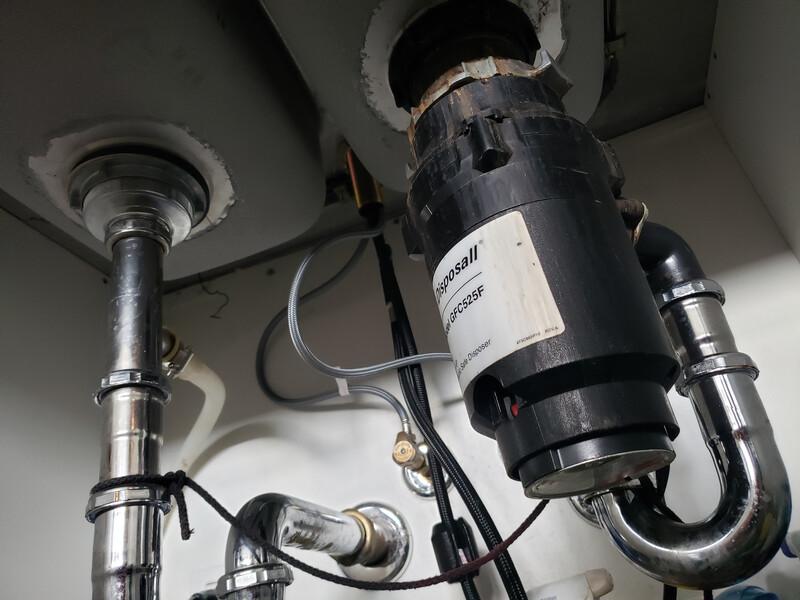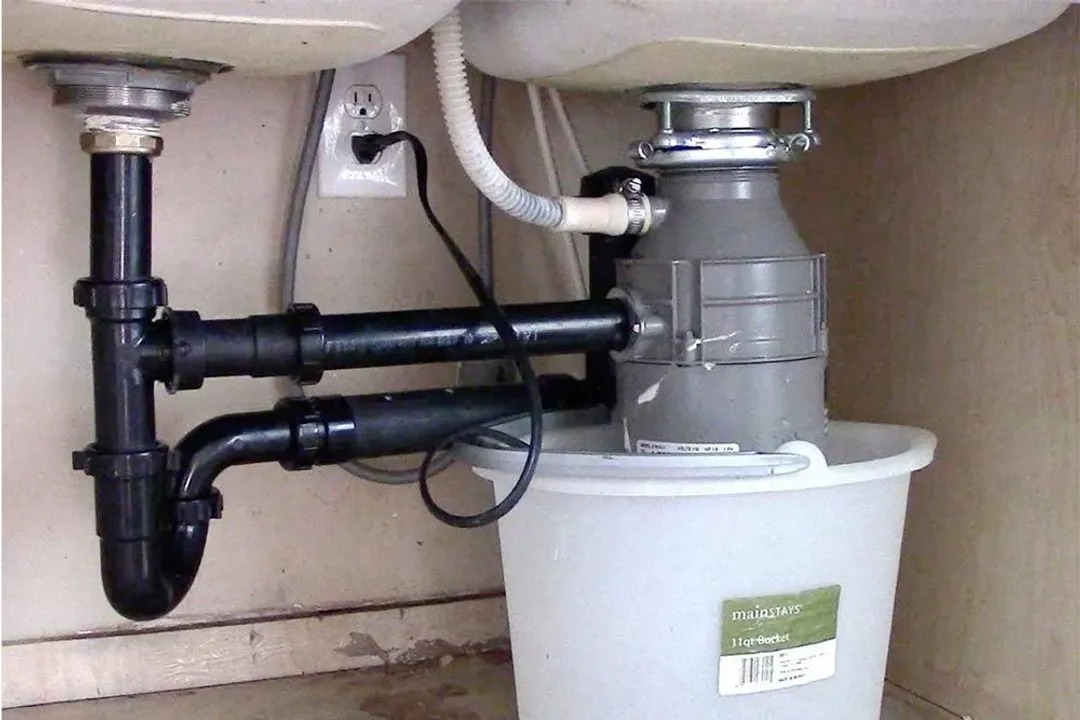Have you been on the lookout for suggestions concerning Why Is My Garbage Disposal Leaking From the Bottom??

Garbage disposals are important cooking area appliances that aid in disposing of food waste efficiently. Nevertheless, a leaking waste disposal unit can be an aggravating and untidy issue to take care of. The good news is, lots of leaks can be repaired quickly with a couple of straightforward actions. In this write-up, we will discuss just how to repair a leaking garbage disposal efficiently.
Intro
Garbage disposals are set up under kitchen sinks and are designed to shred food waste into smaller pieces, permitting it to pass through the plumbing system quickly. While these tools are generally reliable, leaks can take place over time as a result of wear and tear, loose links, or damage to the unit.
Step-by-Step Guide to Dealing With a Leaking Waste Disposal Unit
Switch off the Power
Before attempting any kind of repairs, make certain that the power to the waste disposal unit unit is shut off to prevent the threat of electrical shock.
Situate the Leakage
Determine the precise location of the leak and determine the cause
Tighten up Links
Make use of a wrench to tighten up any type of loose links between the disposal system and the pipes system.
Replace Seals or Gaskets
If the leakage is because of worn seals or gaskets, eliminate the old parts and change them with brand-new ones.
Patching Fractures or Openings
For cracks or holes in the disposal system, usage epoxy or an ideal patching material to secure the broken location.
Recognizing the Source of the Leakage
Before trying to take care of a leaking garbage disposal, it is important to recognize the resource of the leak. This can generally be done with aesthetic examination or by performing basic tests.
Visual Inspection
Inspect the waste disposal unit device carefully for any kind of signs of water leakage. Pay close attention to areas around seals, gaskets, and link points.
Examining for Leakages
One method to evaluate for leaks is by running water with the disposal system and looking for any noticeable indicators of leak.
Usual Sources Of Leakages in Garbage Disposals
Worn Seals and Gaskets
Seals and gaskets play an important function in protecting against water from dripping out of the waste disposal unit. Over time, these elements can wear away, leading to leaks around the disposal device.
Loose Connections
The links between the garbage disposal and the plumbing system can become loosened in time, triggering water to leak out during procedure.
Cracks or Openings in the Disposal System
Physical damage to the waste disposal unit, such as cracks or holes in the housing, can additionally result in leaks.
Tools and Materials Needed for Fixing a Leaking Garbage Disposal
Before beginning the repair process, collect the necessary tools and products, consisting of a screwdriver, flexible wrench, plumbing's putty, substitute seals or gaskets, and epoxy or patching product for repairing cracks or openings.
Examining the Garbage Disposal After Repair Service
As soon as the fixing is full, examine the garbage disposal by running water through it to ensure that the leak has actually been solved.
Preventive Maintenance Tips to Avoid Future Leakages
To stop future leaks, it is essential to execute routine maintenance on your waste disposal unit. This includes maintaining it clean, preventing placing non-food things or hard objects down the disposal, and occasionally checking for leakages or other issues.
Final thought
Finally, repairing a leaking garbage disposal is a reasonably straightforward procedure that can be completed with fundamental tools and products. By complying with the steps described in this article and exercising preventative maintenance, you can maintain your garbage disposal in good working condition and avoid costly fixings in the future.
HERE’S HOW TO FIX YOUR GARBAGE DISPOSAL
WHAT TO DO IF SOMETHING IS STUCK IN YOUR GARBAGE DISPOSAL
If the impeller won’t turn, there’s probably something stuck in the disposal. It could be a steak bone or peach pit, although plumbers report pulling all sorts of inappropriate objects out of disposals, such as bottle caps or aluminum foil. Make sure power to the disposal is off, and look inside to see if you can see the source of the jam.
Never stick your fingers in a disposal. Pull out anything you see with tongs or pliers.
If the disposal still won’t work, it may be time to call a plumber or consider buying a new disposal. GEM Plumbing & Heating is here for all of your garbage disposal needs.
WHAT TO DO IF YOUR GARBAGE DISPOSAL DRAIN IS CLOGGED
Take everything out from underneath your sink and put a bucket or other container under your disposal to catch any water that drains out. Disconnect your disposal from the power supply. If it’s plugged into a wall outlet, unplug it. If it’s hardwired into an electrical box, go to the electrical panel and turn off the breaker for the disposal. Pour ¼ cup of baking soda into the drain, followed by ½ cup of white vinegar. Give the solution a few minutes to fizz and do its work. Look into the disposal with a flashlight to see if you can see an object that might be causing the clog. If you see it, remove it using tongs or pliers. MORE TIPS ON DEALING WITH A CLOGGED GARBAGE DISPOSAL
Never use drain cleaner in a garbage disposal. It can damage the plastic parts inside the disposal. You can also be splashed with the caustic liquid while working to clear the clog. Beware! Never stick your fingers into a garbage disposal. Trust us — not a good idea. In many instances, your dishwasher drains through your garbage disposal. This allows the disposal to grind any large food particles that may be drained out of your dishwasher. There are some jurisdictions, however, where the plumbing code prohibits such a connection. WHAT TO DO WHEN YOUR DISHWASHER DRAINS THROUGH THE DISPOSAL
Run some water in the sink so your plunger has at least a ½-inch of water to create a seal and plunge vigorously up and down several times. You may need to repeat this several times. Run hot water down the drain to clear any residue that remains.

I stumbled upon that piece of writing on Why Is while doing research the internet. Remember to set aside a second to promote this blog posting if you liked it. We love reading our article about Why Is .
Schedule Service Pickup